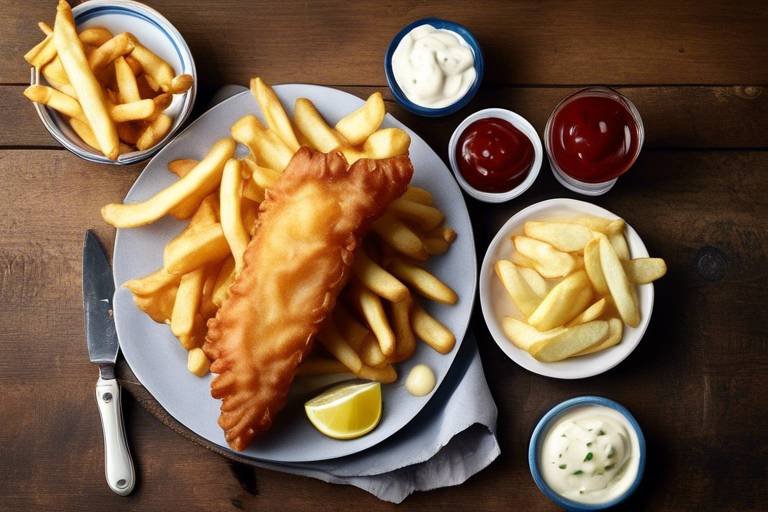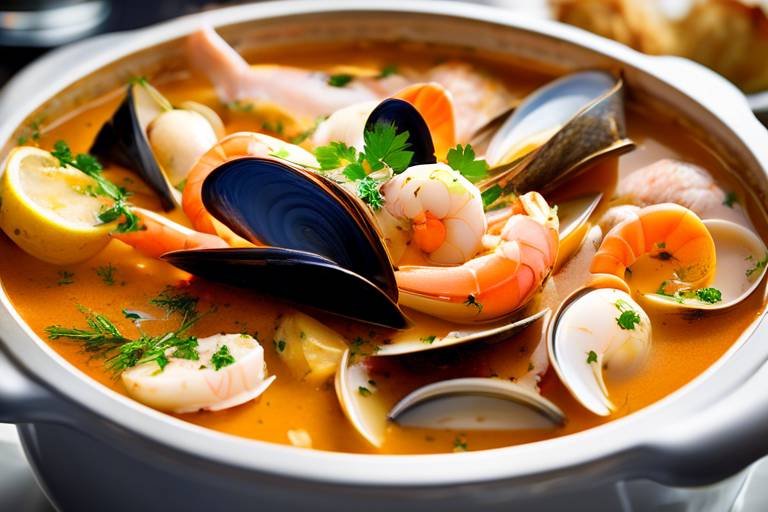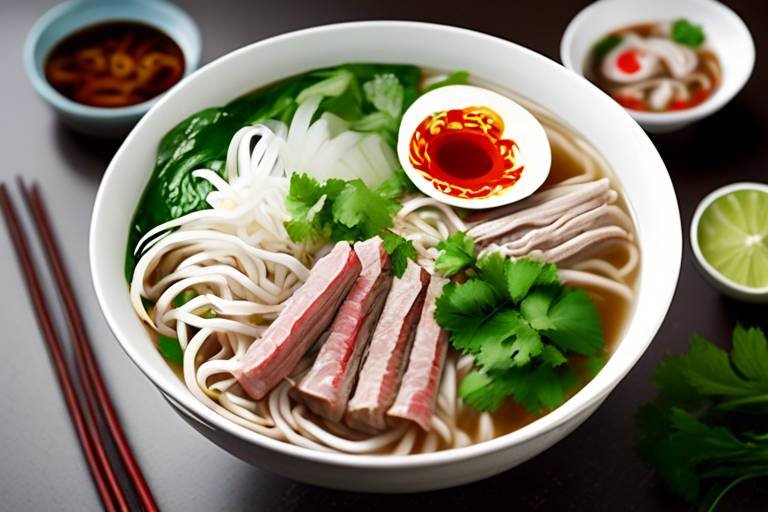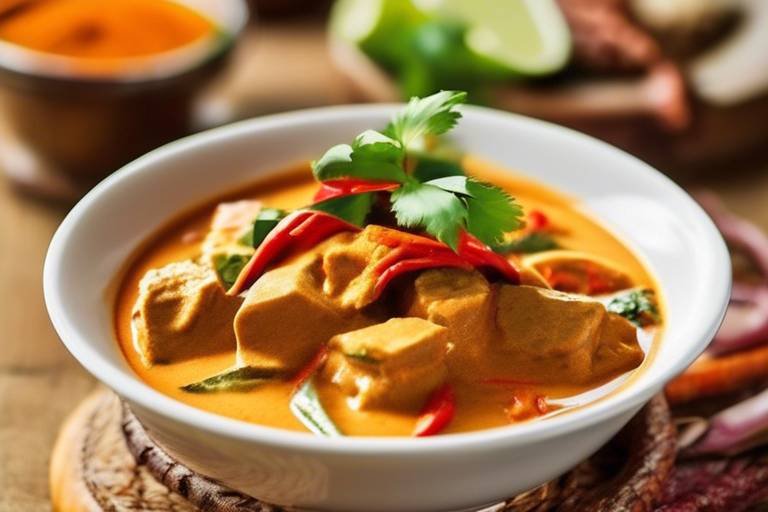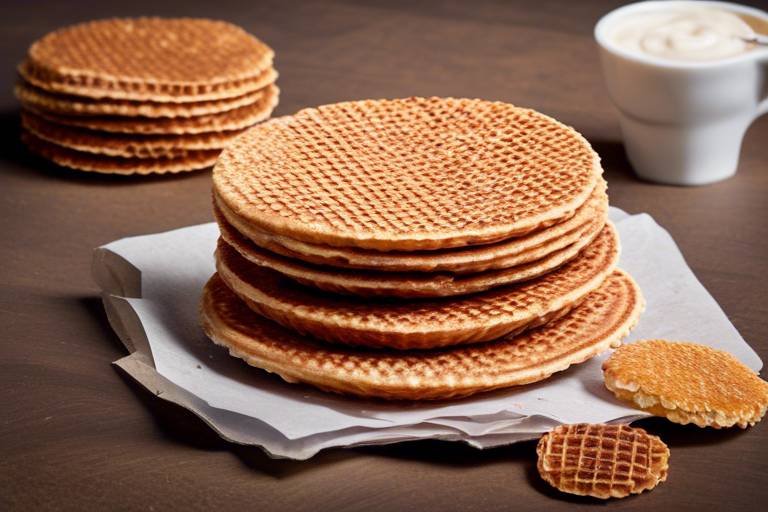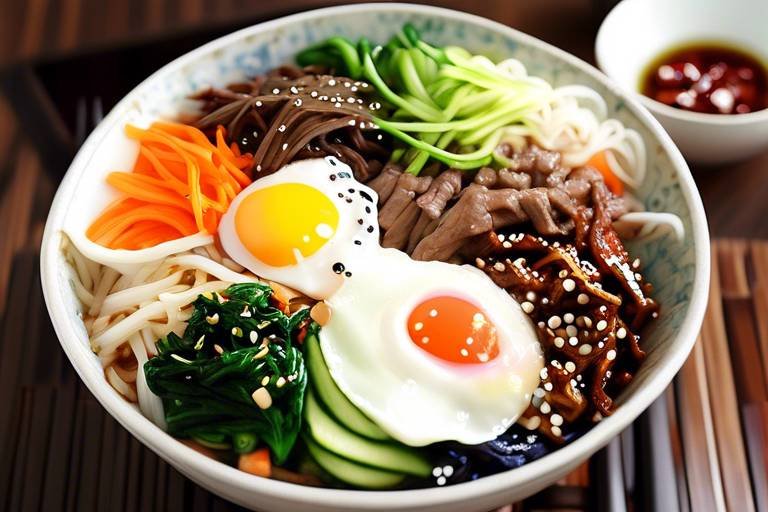How to Make Classic British Fish and Chips
Ah, the classic British dish of fish and chips – a true culinary delight that never fails to satisfy. Picture this: a golden-brown, crispy exterior giving way to tender, flaky fish, accompanied by perfectly cooked chips with a satisfying crunch. It's a meal that embodies comfort and nostalgia, a taste of tradition that spans generations. So, how can you recreate this iconic dish in your own kitchen and impress your loved ones with your culinary prowess?
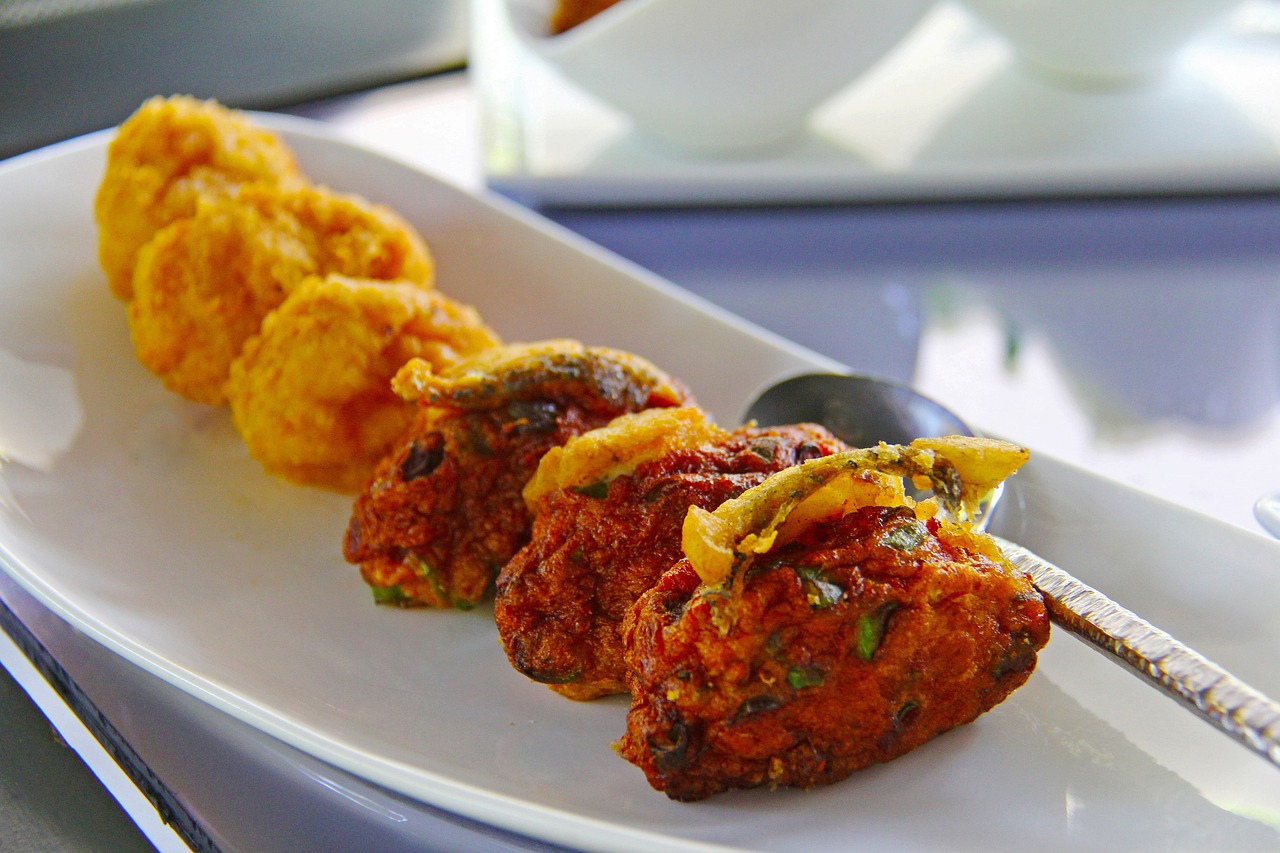
Choosing the Right Fish
When it comes to making the perfect fish and chips, selecting the right type of fish is crucial. The most popular choice for this classic dish is cod, known for its mild flavor and flaky texture that pairs well with the crispy batter. However, other options like haddock, pollock, or hake can also be excellent choices, each bringing its own unique taste to the dish.
Consider the sustainability of the fish you choose as well. Opting for varieties that are sourced responsibly helps support the environment and ensures that future generations can continue to enjoy this beloved meal. Look for certifications like MSC (Marine Stewardship Council) to make an eco-friendly choice.
If you prefer a more delicate flavor, you might enjoy using sole or plaice for a lighter taste experience. These fish varieties offer a subtle flavor profile that lets the batter shine while still providing a satisfying seafood taste.
When selecting your fish, freshness is key. Choose fillets that are firm, moist, and have a clean smell of the sea. Fresh fish ensures that your fish and chips will have a delightful taste and texture, elevating the overall dining experience.
Experimenting with different types of fish can add a fun twist to this traditional dish. Whether you stick with the classic cod or venture into trying new varieties, the key is to choose high-quality fish that will result in a mouthwatering plate of fish and chips.

Preparing the Batter
When it comes to preparing the perfect batter for your classic British fish and chips, attention to detail is key. The batter is what gives this dish its signature crispy texture, so getting it just right is crucial for a truly delicious meal. To start, you'll need a simple mixture of flour, water, and a pinch of salt. Some recipes also call for a bit of baking powder to help the batter puff up and become extra light and crispy.
One important tip to keep in mind is to avoid overmixing the batter. You want to mix it just enough to combine the ingredients and create a smooth consistency, but overmixing can lead to a tough batter that won't coat the fish properly. A lumpy batter is actually a good sign, as it indicates that you haven't overworked it.
Another key step in preparing the batter is to let it rest before using it. Allowing the batter to sit for a short period of time helps the gluten relax, resulting in a lighter and crispier coating on the fish. This resting period also allows the flavors to meld together, enhancing the overall taste of the dish.
When it comes time to coat the fish, make sure it is dry before dipping it in the batter. This will help the batter adhere better and create a more even coating. Some recipes suggest dusting the fish with a bit of flour before dipping it in the batter, which can further enhance the crispiness of the final product.
For an extra flavorful twist, consider adding some seasonings to your batter. Herbs like parsley or dill can add a fresh touch, while spices like paprika or cayenne pepper can give your fish and chips a bit of a kick. Experiment with different flavor combinations to find the perfect batter for your taste preferences.
Overall, preparing the batter for your fish and chips is a fun and creative process that allows you to customize this classic dish to suit your own preferences. With a bit of practice and attention to detail, you can achieve a perfectly crispy coating that will have your friends and family coming back for more.

Perfecting the Frying Technique
When it comes to perfecting the frying technique for classic British fish and chips, there are a few key factors to keep in mind to achieve that ideal crispy and golden finish. The first step is selecting the right oil for frying. Traditionally, a neutral oil with a high smoke point such as vegetable oil or sunflower oil is preferred for deep-frying to ensure that the fish and chips cook evenly and develop a crunchy exterior.
Another crucial aspect is maintaining the oil at the correct temperature throughout the frying process. The oil should be heated to around 350-375°F (180-190°C) before adding the fish to ensure a quick and efficient frying process. Too low of a temperature can result in greasy fish, while too high of a temperature can lead to burning the batter before the fish is cooked through.
Timing is also essential when it comes to frying fish and chips. The fish should be cooked for about 4-5 minutes per side, depending on the thickness of the fillets, until the batter turns a crisp golden brown. It's important to avoid overcrowding the fryer to maintain the oil temperature and allow the fish to cook evenly.
For achieving that perfect crunch, it's recommended to drain the fried fish and chips on a wire rack or paper towels after removing them from the oil. This helps to remove excess oil and ensures that the batter stays crispy. Season with a sprinkle of salt immediately after frying to enhance the flavors of this iconic dish.
Remember, practice makes perfect when it comes to mastering the frying technique for fish and chips. Experiment with different types of fish, batter recipes, and frying times to find the perfect combination that suits your taste preferences. With patience and attention to detail, you'll be able to create restaurant-quality fish and chips right in your own kitchen.

Homemade Chips vs. Store-Bought
When it comes to serving the perfect plate of fish and chips, the choice between homemade chips and store-bought options can make a significant difference in taste and overall dining experience. Homemade chips offer a level of freshness and customization that store-bought varieties may lack. By hand-cutting potatoes and frying them to your desired level of crispiness, you can tailor the flavor and texture to suit your preferences.
On the other hand, store-bought chips provide convenience and consistency, saving you time and effort in the kitchen. While they may not offer the same level of freshness as homemade chips, they can still be a tasty accompaniment to your fish. Additionally, some store-bought options come pre-seasoned or in unique shapes, adding a fun twist to the classic dish.
For those seeking a middle ground, consider using frozen chips that are designed to mimic the taste and texture of homemade chips. These options often require minimal preparation and can be baked or fried to achieve a delicious crunch. However, be mindful of the ingredients and additives in frozen chips, as they may contain preservatives or artificial flavors.
Ultimately, whether you choose homemade chips or opt for store-bought varieties, the key is to ensure that they are cooked to perfection and complement the star of the dish - the crispy battered fish. Experiment with different types of potatoes, seasonings, and cooking methods to find the ideal pairing for your fish and chips feast.

Serving Suggestions and Accompaniments
Learn the traditional method of preparing this iconic British dish, from selecting the freshest fish to achieving the perfect crispy batter. Impress your friends and family with this delicious homemade meal.
Find out which types of fish are best for making fish and chips, considering factors like taste, texture, and sustainability.
Discover the secrets to creating a light and crispy batter that perfectly coats the fish, ensuring a delicious crunch with every bite.
Master the art of frying fish to golden perfection, learning the ideal temperature and timing for achieving a crispy exterior and tender interior.
Explore the pros and cons of making your own chips from scratch versus using store-bought options, and tips for achieving the perfect crispiness.
When it comes to serving classic British fish and chips, there are a variety of delicious accompaniments and condiments that can elevate the dish. From tangy tartar sauce to mushy peas and a sprinkle of malt vinegar, these classic pairings add depth of flavor and texture to your meal. Consider serving your fish and chips with a side of coleslaw or a fresh garden salad for a balanced and satisfying meal. The contrast of the crispy fish with the soft, fluffy interior of the chips, alongside the tangy and savory accompaniments, creates a harmonious culinary experience that is sure to delight your taste buds.
Discover ways to lighten up this indulgent dish, including tips for baking instead of frying and incorporating healthier ingredients without sacrificing flavor.
Explore how different regions in the UK put their own spin on fish and chips, from using local fish varieties to innovative flavor combinations.
Delve into the rich history and cultural significance of fish and chips in British cuisine, understanding why it has remained a beloved staple for generations.

Healthier Alternatives and Modifications
When it comes to indulgent dishes like fish and chips, it's understandable to want to explore healthier alternatives and modifications without compromising on flavor. One popular way to lighten up this classic meal is by opting to bake the fish instead of frying it. By baking the fish with a light coating of breadcrumbs or a drizzle of olive oil, you can achieve a crispy exterior while reducing the amount of oil used in the cooking process.
Another modification to consider is incorporating healthier ingredients into the batter. For example, using whole wheat flour or cornmeal in place of traditional white flour can add a nutty flavor and boost the dish's nutritional value. Additionally, adding herbs and spices to the batter can enhance the taste without relying on excessive salt or oil for flavor.
If you're looking to cut down on calories and fat, consider serving your fish and chips with a side of homemade coleslaw or a fresh green salad instead of traditional chips. These lighter sides can provide a refreshing contrast to the rich flavors of the fish, offering a balanced and nutritious meal.
For those who are watching their sodium intake, reducing the amount of salt used in the batter and opting for a sprinkle of sea salt or lemon juice before serving can help control the overall sodium content of the dish. Experimenting with different seasonings and flavor profiles can also add depth to the dish without relying on salt as the primary seasoning.
When it comes to enjoying fish and chips in a healthier way, the key is to get creative with ingredient substitutions and cooking methods while staying true to the dish's classic flavors. By making thoughtful modifications, you can savor this beloved British meal guilt-free and indulge in a lighter, yet equally delicious, version of fish and chips.
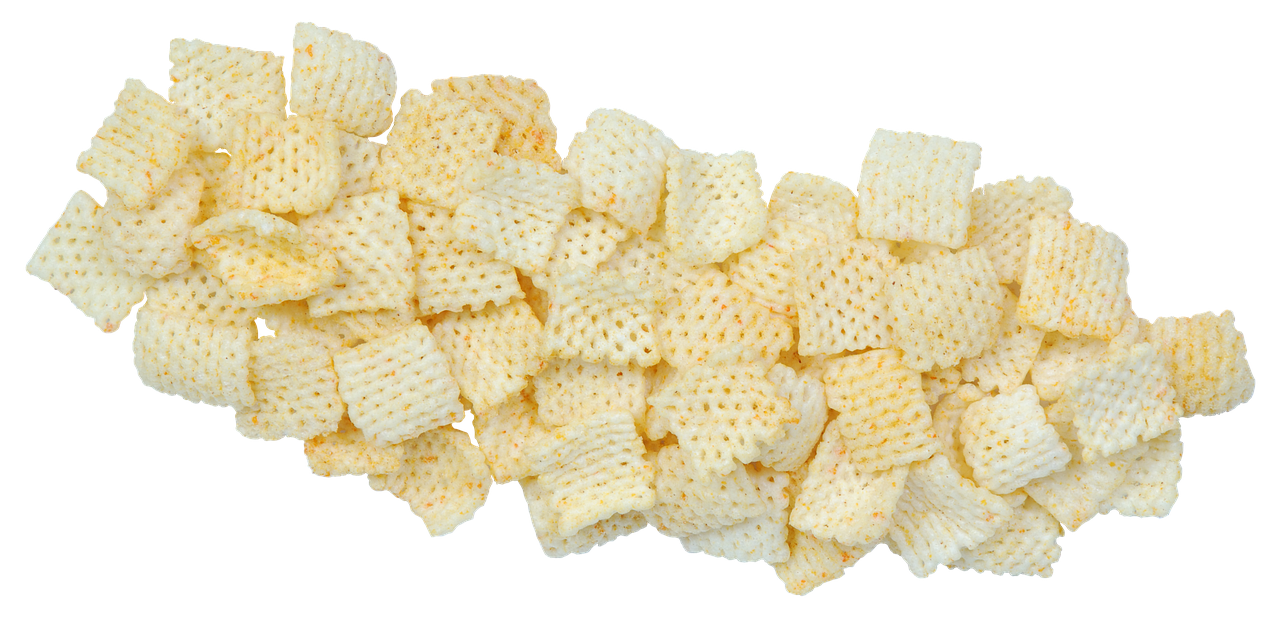
Regional Variations and Unique Twists
When it comes to fish and chips, different regions in the UK have their own unique twists and variations on this classic dish. From the type of fish used to the style of batter and accompaniments, each region puts its own stamp on this beloved meal. In coastal areas, you might find variations that highlight the local catch of the day, whether it's cod, haddock, or plaice. Inland regions may opt for different fish varieties or add a special seasoning to the batter for a distinctive flavor profile.
Some regions are known for their innovative twists on traditional fish and chips. For example, in some areas, you might find fish coated in a panko breadcrumb crust for extra crunch, or served with a side of curry sauce for a unique flavor combination. Other regions may offer specialty dips or toppings that set their fish and chips apart from the rest.
Additionally, regional preferences can extend to the accompaniments served alongside fish and chips. While mushy peas and tartar sauce are classic choices, you might also come across unique side dishes like pickled onions, coleslaw, or even a slice of buttered bread. These regional variations add an exciting element to the dining experience, showcasing the diverse culinary landscape of the UK.

History and Cultural Significance
When exploring the history and cultural significance of fish and chips, one cannot help but be immersed in the rich tapestry of British culinary heritage. Dating back to the 19th century, this iconic dish has deep roots in working-class communities, where it provided a hearty and affordable meal during industrialization. The marriage of crispy fried fish and golden chips quickly captured the hearts and taste buds of the nation, becoming a symbol of comfort and familiarity.
Throughout the years, fish and chips have evolved from a humble street food to a beloved national dish, ingrained in the fabric of British culture. Its enduring popularity is a testament to its timeless appeal, transcending social divides and generations. Whether enjoyed wrapped in paper on a bustling street corner or served in a cozy pub, fish and chips evoke a sense of nostalgia and tradition that resonates with people across the UK.
The cultural significance of fish and chips extends beyond its culinary prowess, embodying a sense of community and shared experience. It serves as a unifying force that brings people together, fostering a sense of belonging and camaraderie. From seaside towns to bustling cities, the sight and aroma of freshly fried fish and chips evoke feelings of comfort, warmth, and togetherness.
As a culinary icon with a storied past, fish and chips hold a special place in the hearts of the British people, representing more than just a meal but a cherished tradition that has stood the test of time. Its enduring popularity and cultural significance serve as a testament to the power of food to connect us to our heritage and each other.
Frequently Asked Questions
- What type of fish is traditionally used in fish and chips?
In classic British fish and chips, cod or haddock are commonly used due to their mild flavor and firm texture that holds up well to frying.
- How can I make the batter for fish and chips crispy?
To achieve a crispy batter, ensure that the batter is cold, use sparkling water for a lighter texture, and fry the fish at the right temperature until golden brown.
- Can I bake the fish instead of frying for a healthier option?
Yes, you can bake the fish for a healthier alternative. Coat the fish in breadcrumbs or a light batter and bake in a preheated oven until cooked through and crispy.
- What are some traditional accompaniments for fish and chips?
Classic accompaniments include tartar sauce, mushy peas, a sprinkle of malt vinegar, and a side of freshly made chips.
- Are there any regional variations of fish and chips in the UK?
Yes, different regions in the UK have their own variations, such as using different types of fish, batter recipes, or serving styles that reflect local preferences.
- Why is fish and chips considered a staple in British cuisine?
Fish and chips have a long history in British culture, dating back to the 19th century, and became popular due to being a comforting and affordable meal during tough times.

